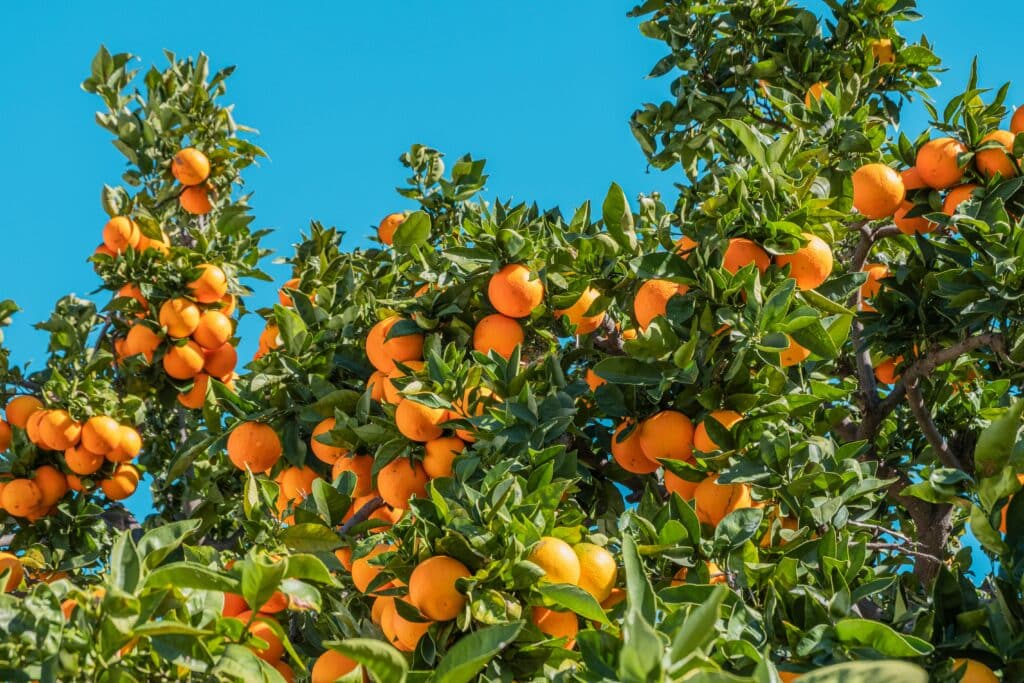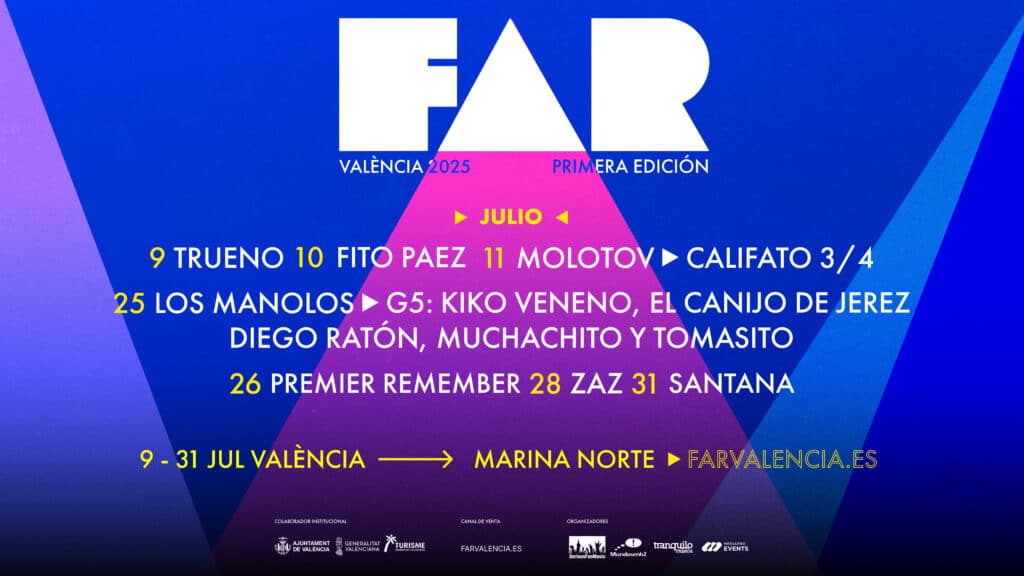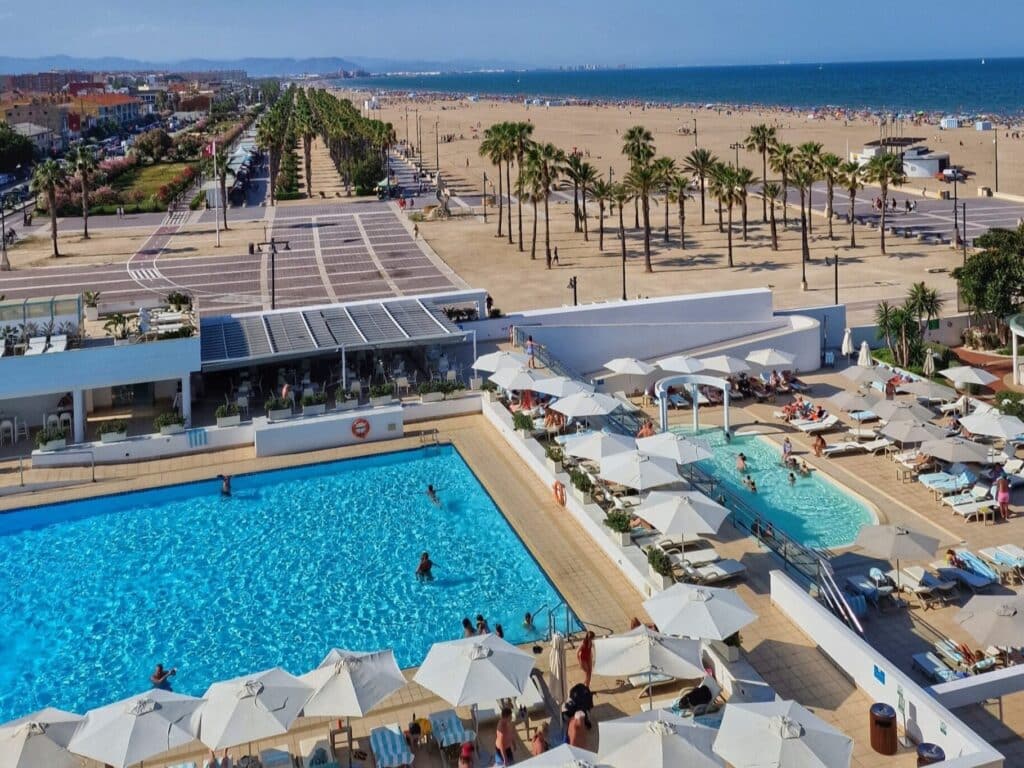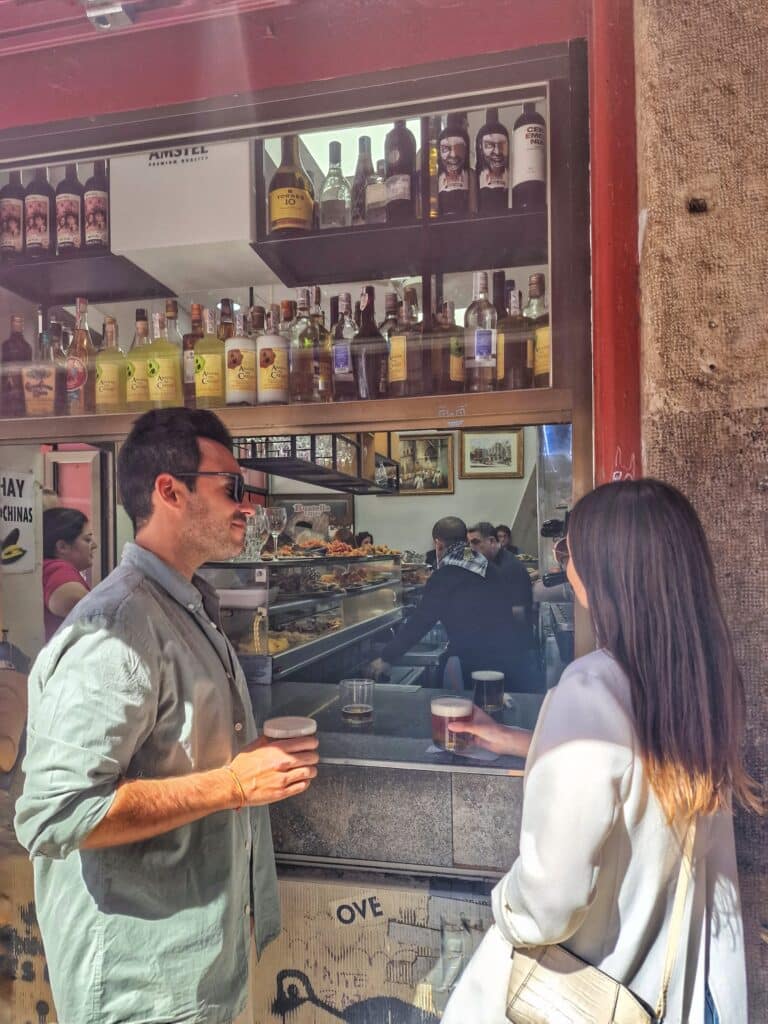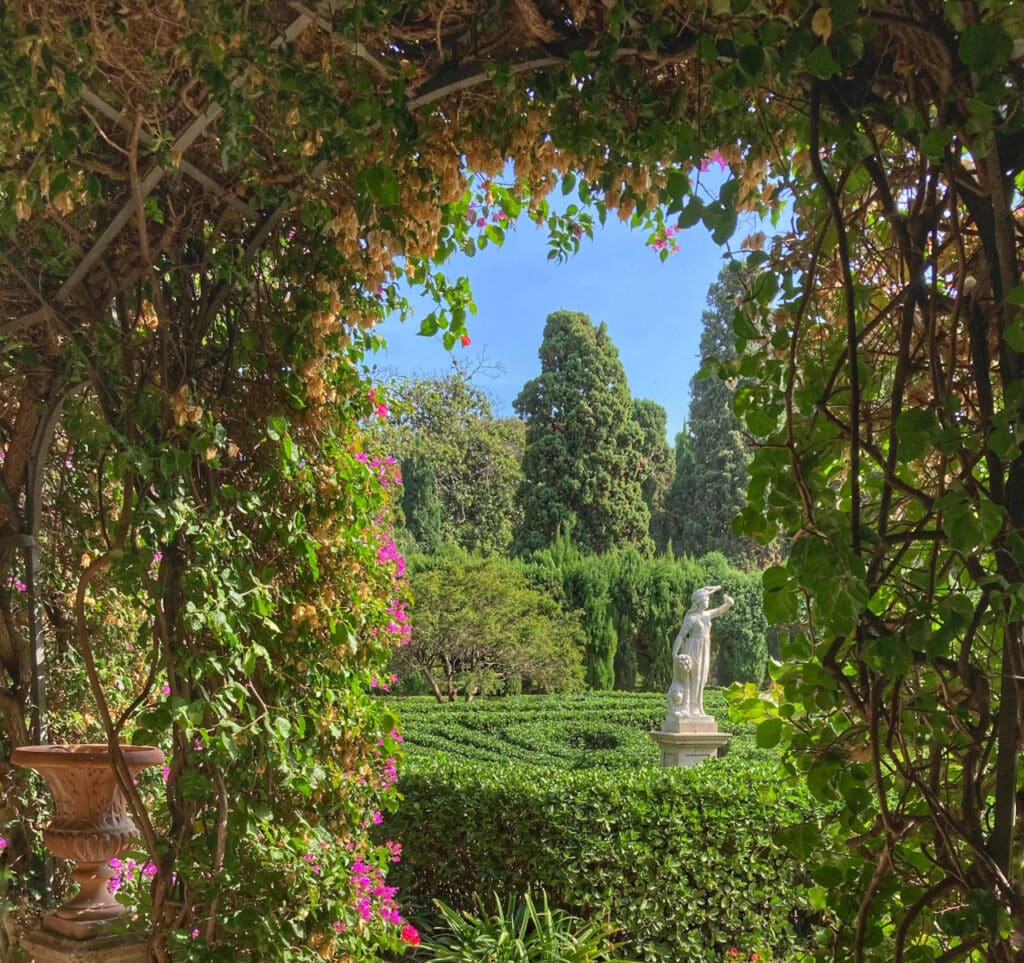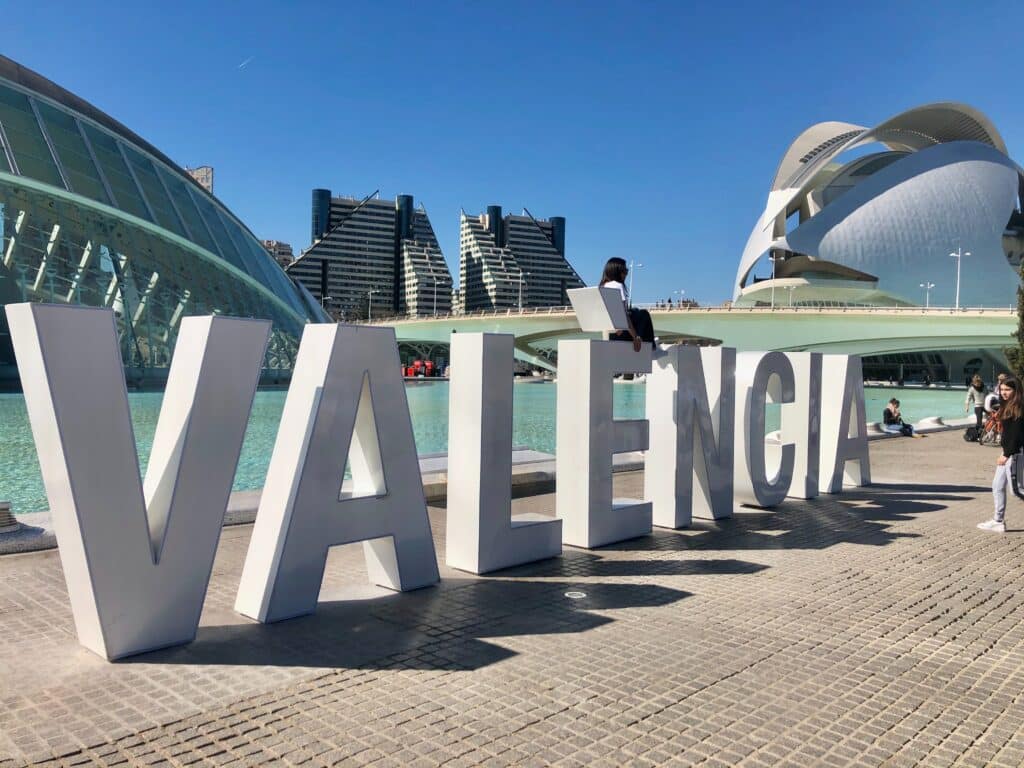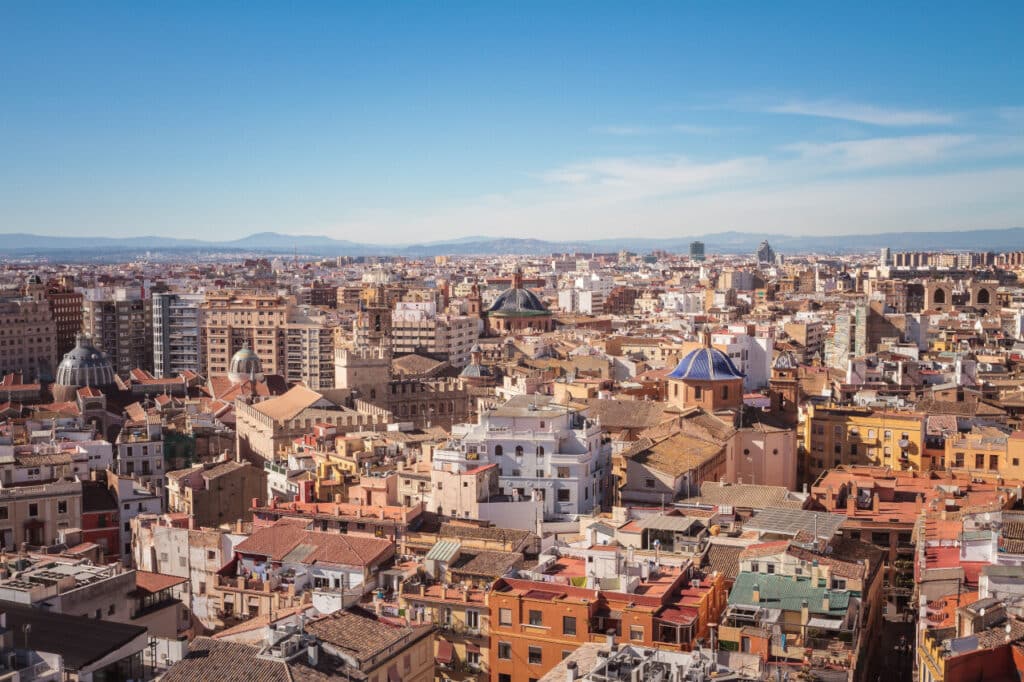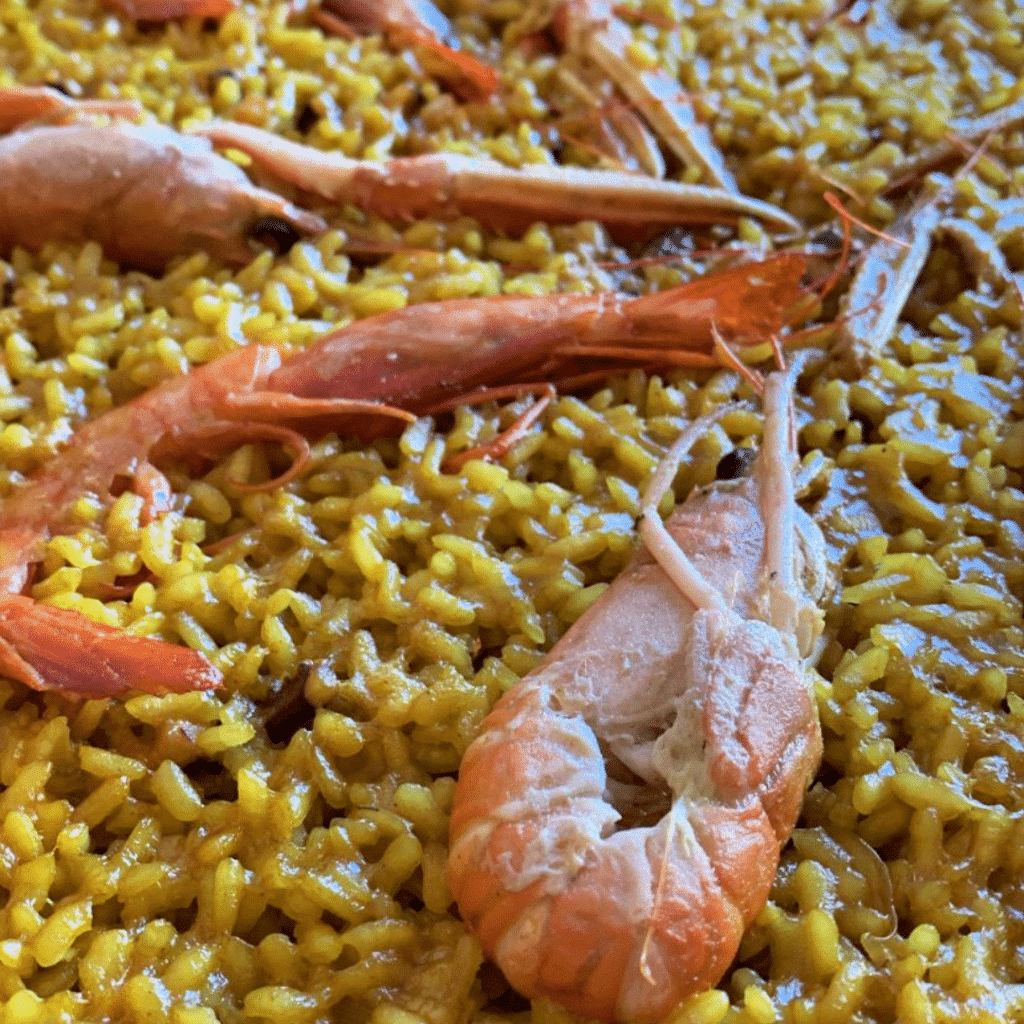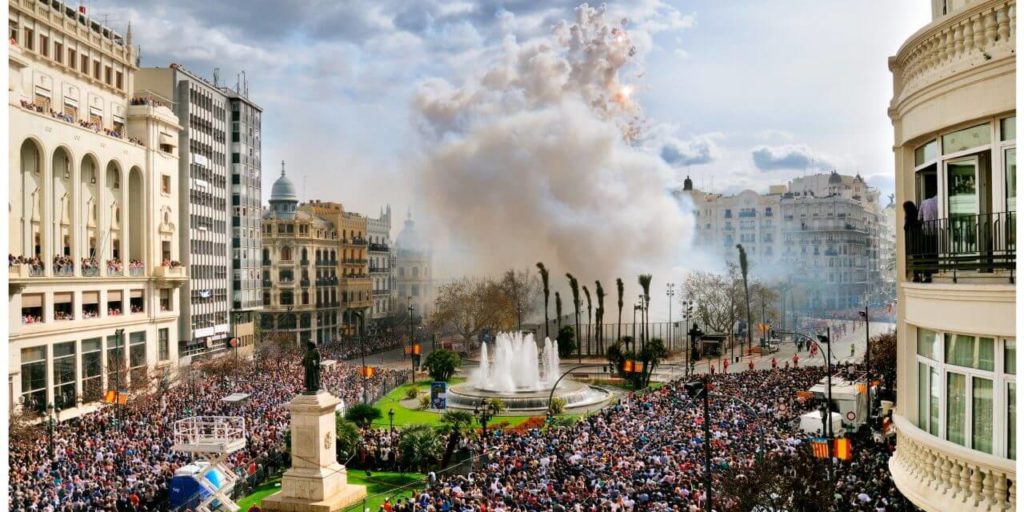10 Facts About Valencia You (probably) Didn’t Know
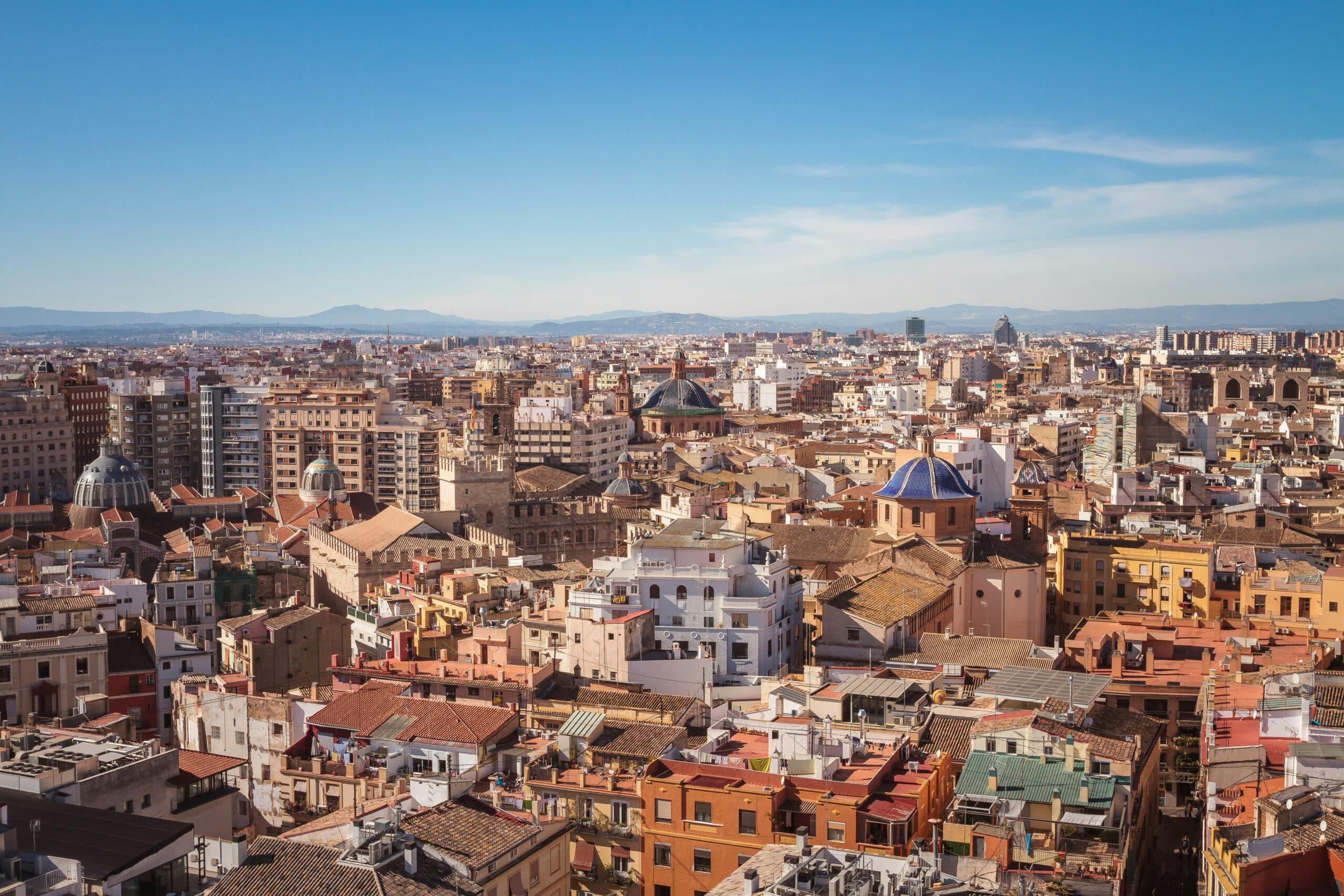
When people think of Valencia, they usually imagine beaches, paella, Las Fallas or the City of Arts and Sciences. But this Mediterranean city hides much more than postcard-perfect sights: it’s full of real stories, unexpected corners and details that even many locals are unaware of.
From record-breaking buildings to centuries-old traditions still alive today, here are 10 facts that will make you see Valencia through different eyes.
1. Valencia means “valor”
Few people know that Valencia’s original name comes from Valentia Edetanorum — Latin for “valor” or “bravery.” The city was founded in 138 BC by veteran Roman soldiers next to the fertile Turia River. This Roman heritage remains visible today in the Almoina Archaeological Centre.
👉 Bonus tip: you can visit part of these ruins for free on Sundays.
2. Valencia was once Spain’s capital
During the Spanish Civil War (1936–1937), Valencia became the provisional capital of Spain. With Madrid under threat, government offices and diplomatic headquarters were moved here, turning the city into a political and cultural hub.
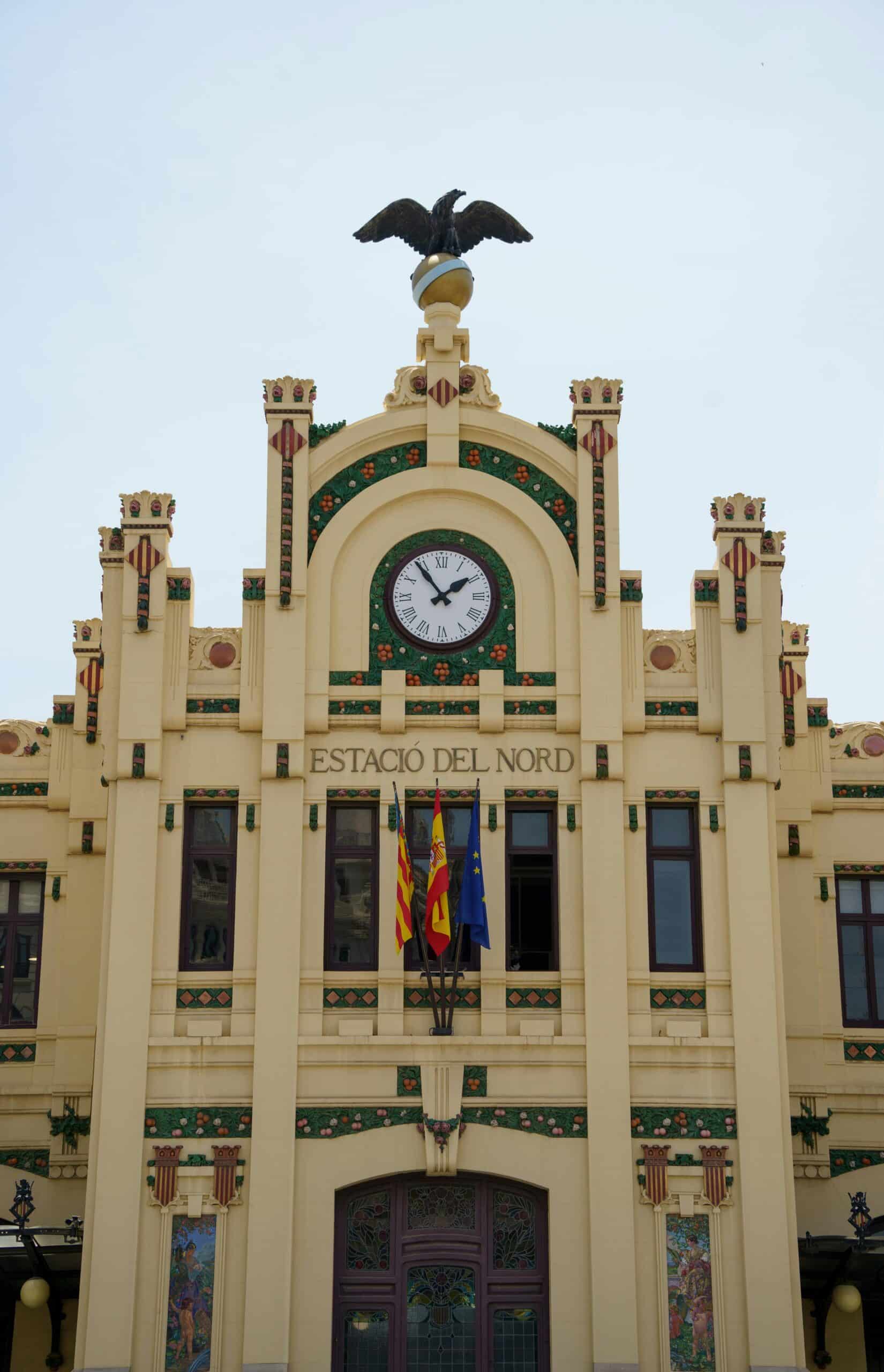
👉 Some of those buildings are still in use today, like the North Station and the City Hall.
3. The narrowest building in Europe is here
In the heart of the old town, at Plaza Lope de Vega, you’ll find “La Estrecha”: a facade just 107 cm wide, holding the record for the narrowest building in Europe. Once a private home, today it’s part of a café.
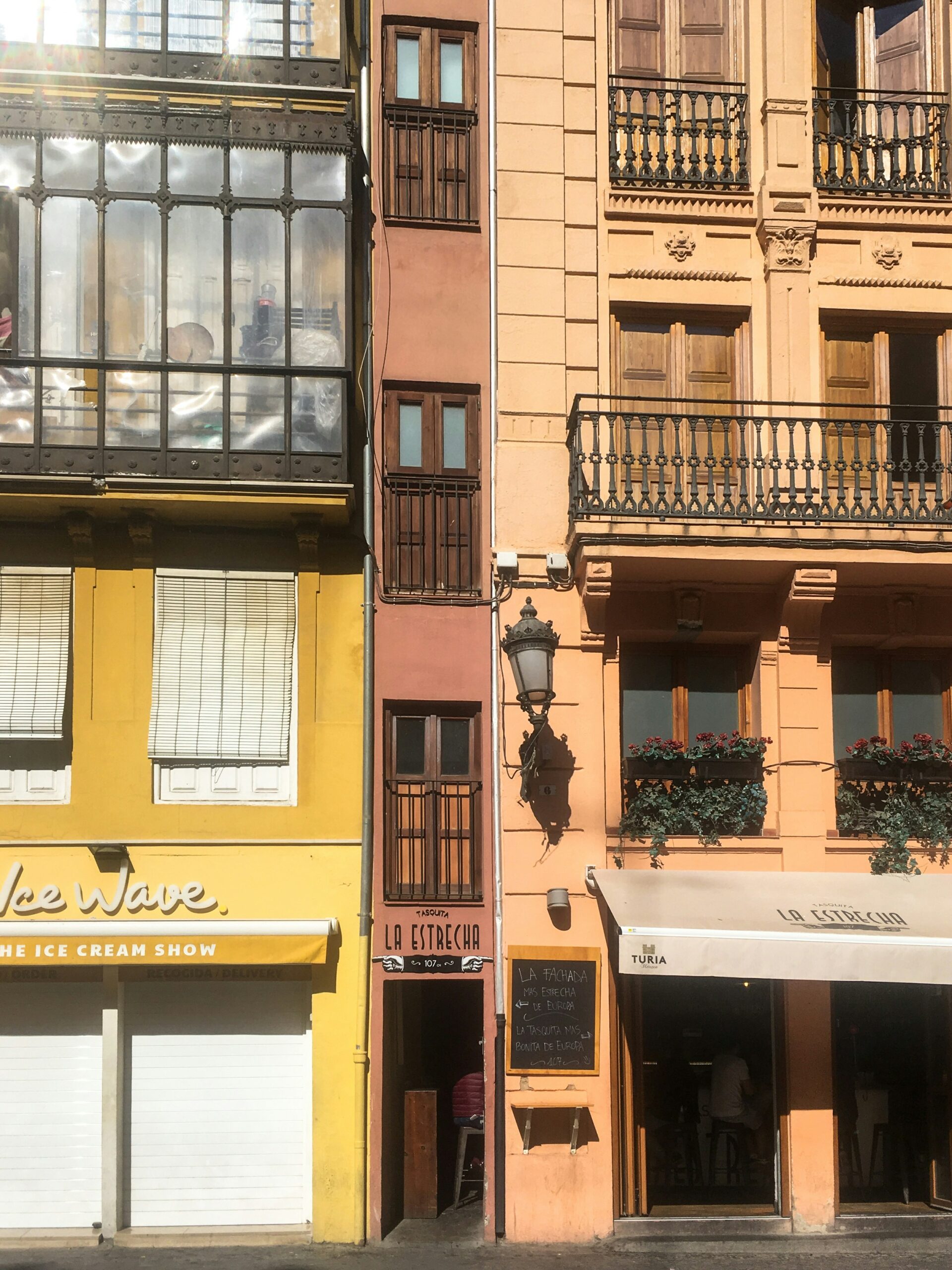
👉 A great spot for a quirky photo and a peek into old Valencian architecture.
4. A river turned into the city’s biggest park
The Turia Gardens weren’t always a park. The river was diverted after a catastrophic flood in 1957. Instead of building a highway, the city transformed the old riverbed into a 10 km green oasis: one of the largest urban parks in Spain.
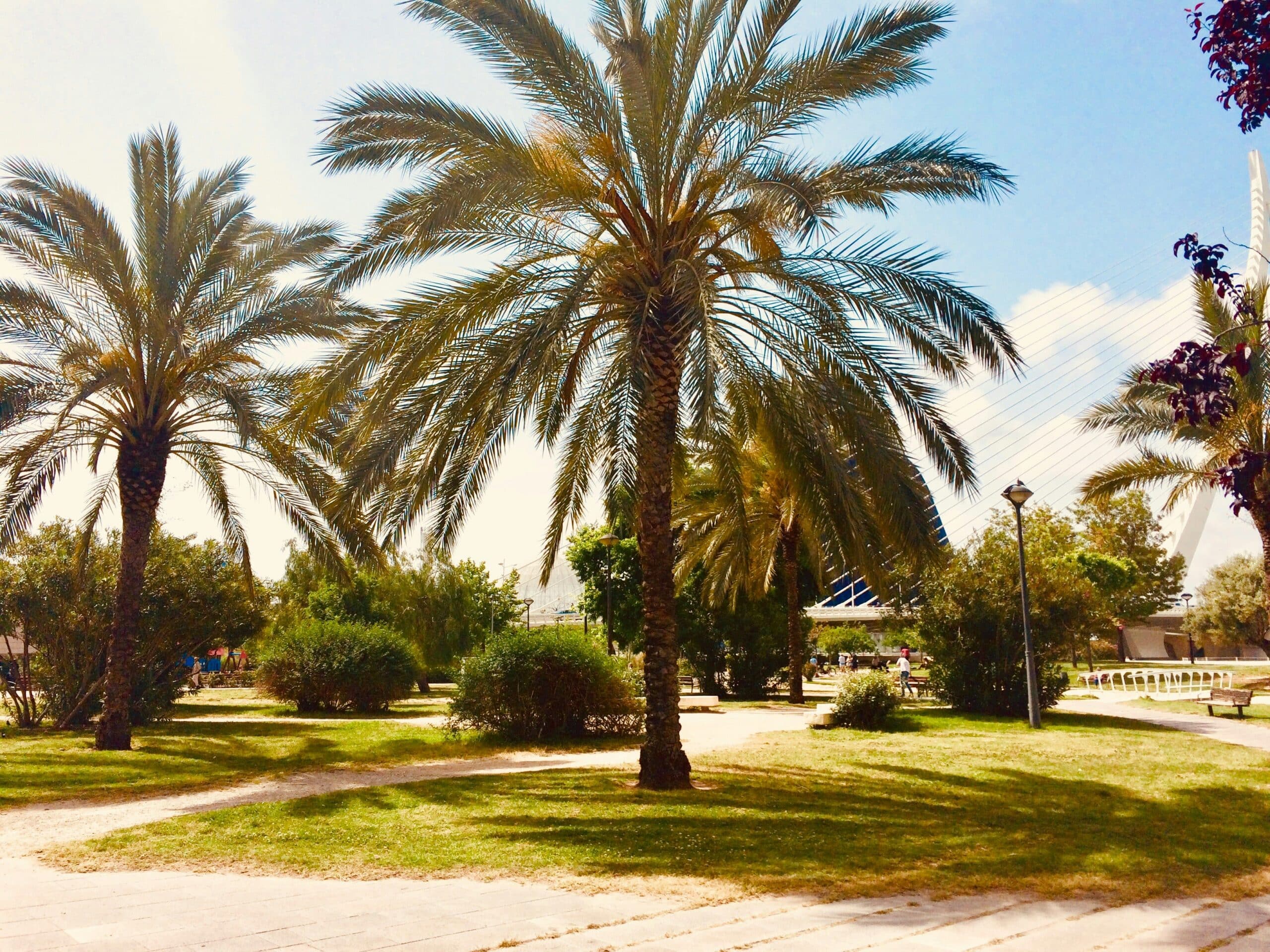
👉 You can walk, cycle or join one of our guided tours through it.
5. The world’s oldest water court
Every Thursday at noon, the Tribunal de las Aguas meets at the Cathedral’s Apostles Gate. This court, recognized by UNESCO, has been solving irrigation disputes for over 1,000 years.
👉 No paperwork, no lawyers, no delays. Just oral decision: Medieval style.
6. La Lonja de la Seda: UNESCO World Heritage
Built between 1482 and 1533, La Lonja de la Seda represents Valencia’s golden commercial age. Merchants from across the world traded silk in its stunning Gothic hall. Today, it’s one of Europe’s most beautiful civil Gothic buildings.
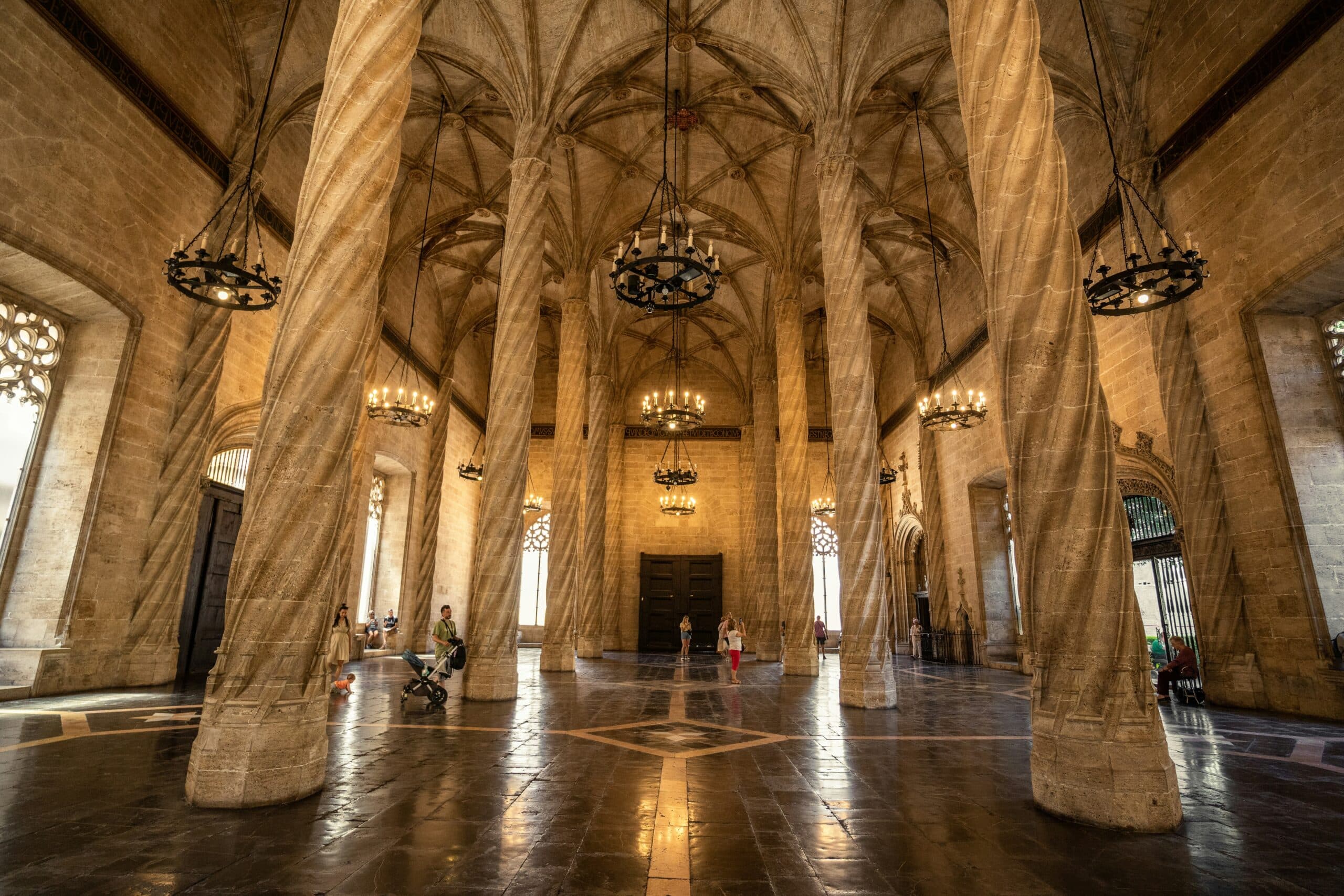
👉 Look up at its spiral columns: they symbolize honest trade.
7. The Holy Grail is in Valencia Cathedral
Yes, really. The Cathedral of Valencia houses the Holy Chalice, believed to be the cup used by Jesus at the Last Supper. Though not fully verified, it’s been acknowledged by several popes.
👉 You can see it in the Holy Chalice Chapel.
8. Agua de Valencia: a unique cocktail
In 1959, at Café Madrid, artist Constante Gil mixed cava, orange juice, vodka and gin to create Agua de Valencia: now one of the city’s signature drinks.
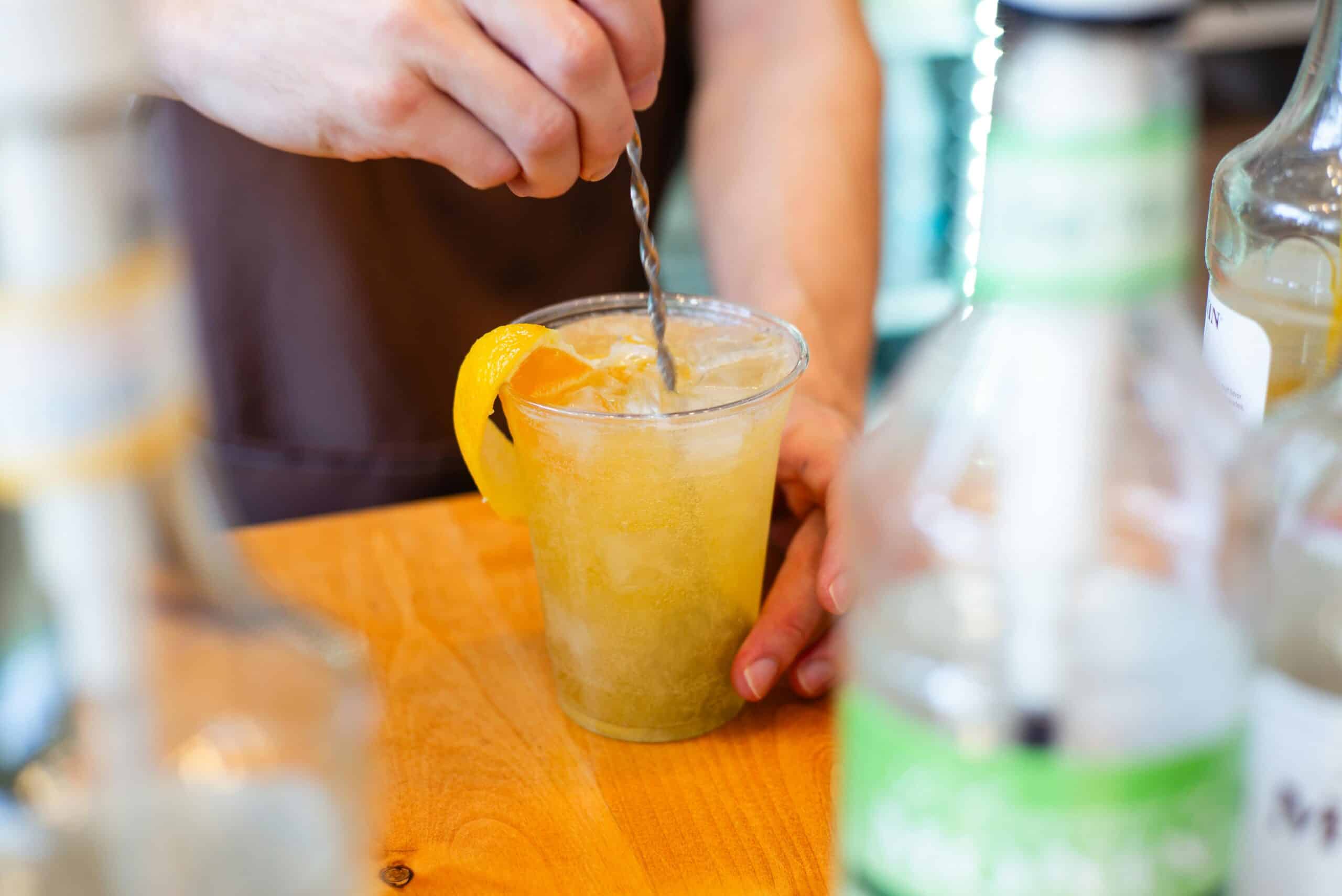
👉 Insider tip: try it at Café de las Horas.
9. Valencia has over 1.100 traffic lights
Surprisingly, Valencia has over 1,100 traffic light crossings: a high number for its population size. It reflects its urban planning, designed for pedestrians and cyclists.
👉 That’s why it’s one of the easiest cities in Europe to explore on foot.
10. Hidden museum gems
Beyond the City of Arts and Sciences, Valencia hides treasures like the Natural Science Museum in the Royal Gardens, the Prehistory Museum or La Almoina Archaeological Museum with Roman ruins beneath your feet.
👉 Ideal for quieter, off-the-beaten-path plans.
Explore these and more secrets with us
If you love discovering cities from a different angle, combine these curiosities with our tours and experiences:
- Art & Architecture Tour with entry tickets included
- Historical Center Treasure Hunt: a different way to get to know the city
- Bike Tour along the Turia Gardens
Follow us on Instagram and TikTok to uncover even more Valencia secrets.




